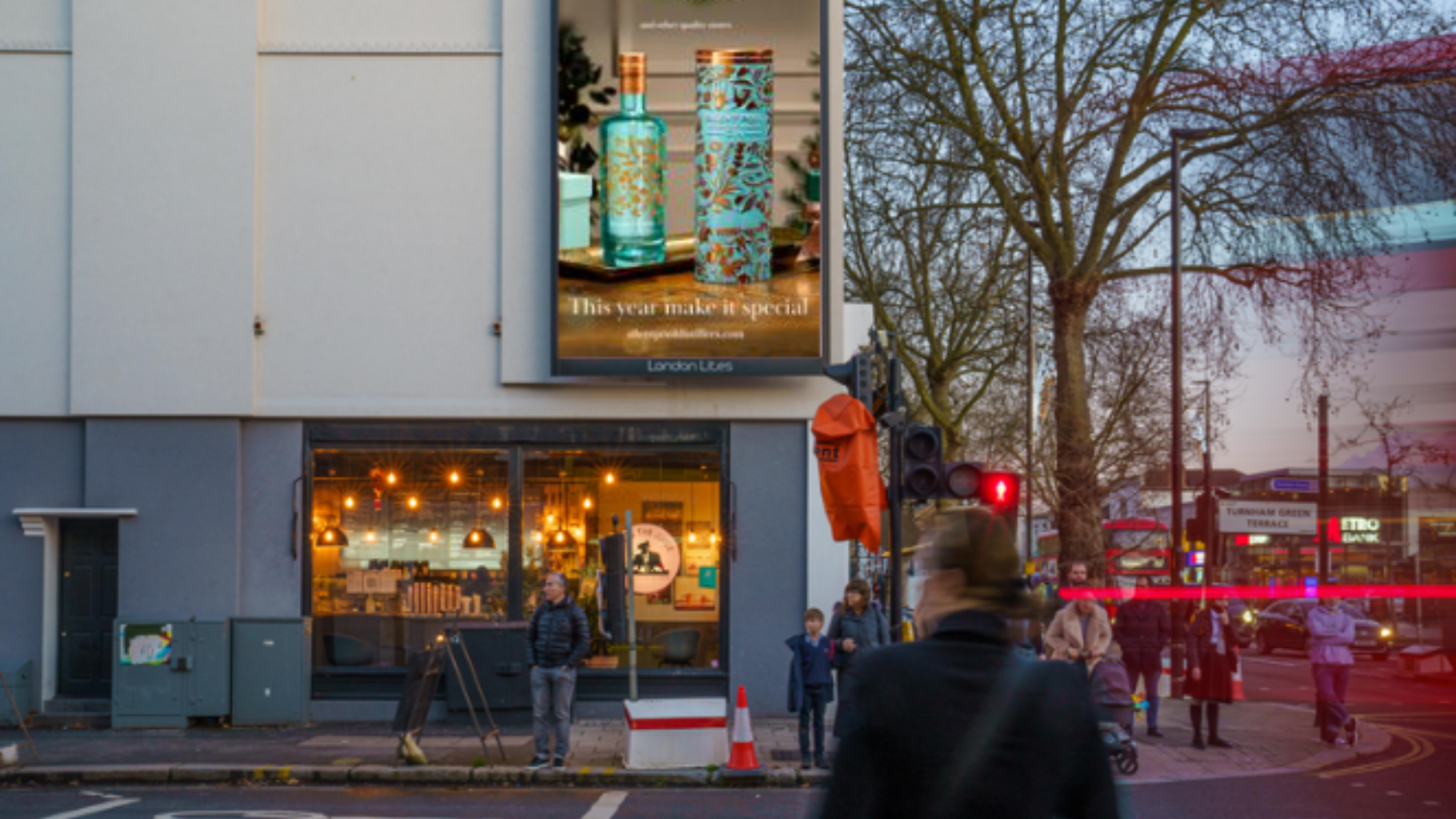News
Catch up on the latest news and insights
Insights Library
The Retail Accelerator: Achieve business growth with Addressable Marketing
With consumer behaviour becoming increasingly fragmented, retailers need a smarter approach. Download The Retail Accelerator white paper to discover how addressable marketing enables you to accurately target high-potential customer groups with tailored messaging, reaching the 20% who drive 80% of sales. Targeting specific postcodes and locations has never been more achievable.
Be Addressable: A practical guide to addressable marketing and media
Unlock the potential of addressable media - download our white paper to explore how targeted, data-driven advertising can help you reach the right consumers, eliminate waste, and drive conversions.
Shopper Activation: Maximise sales and footfall with addressable media
Reach high-value customers near your stores with addressable media. Target by location, behaviour, and device to drive in-store sales
Blog





Download 'The Retail Accelerator: Achieve business growth with addressable marketing'
Discover how addressable media can transform your retail strategy - download the white paper now.
Office
1st Floor
21 Berners Street
London, W1T 2PX
Be Addressable






